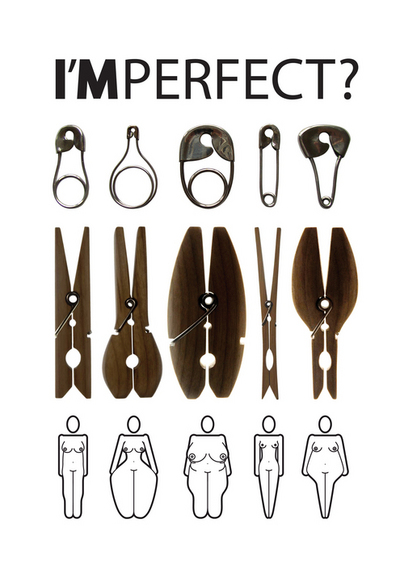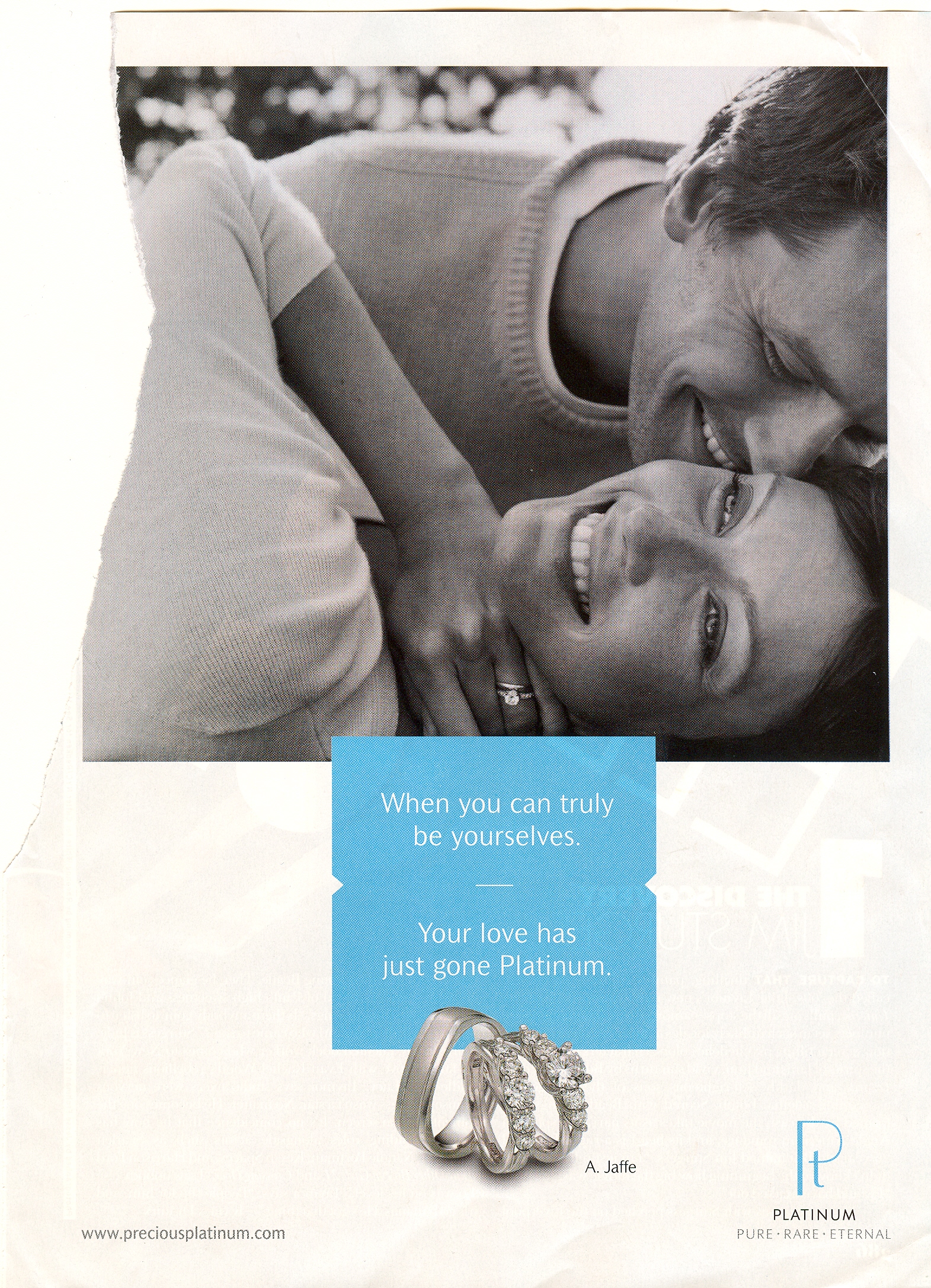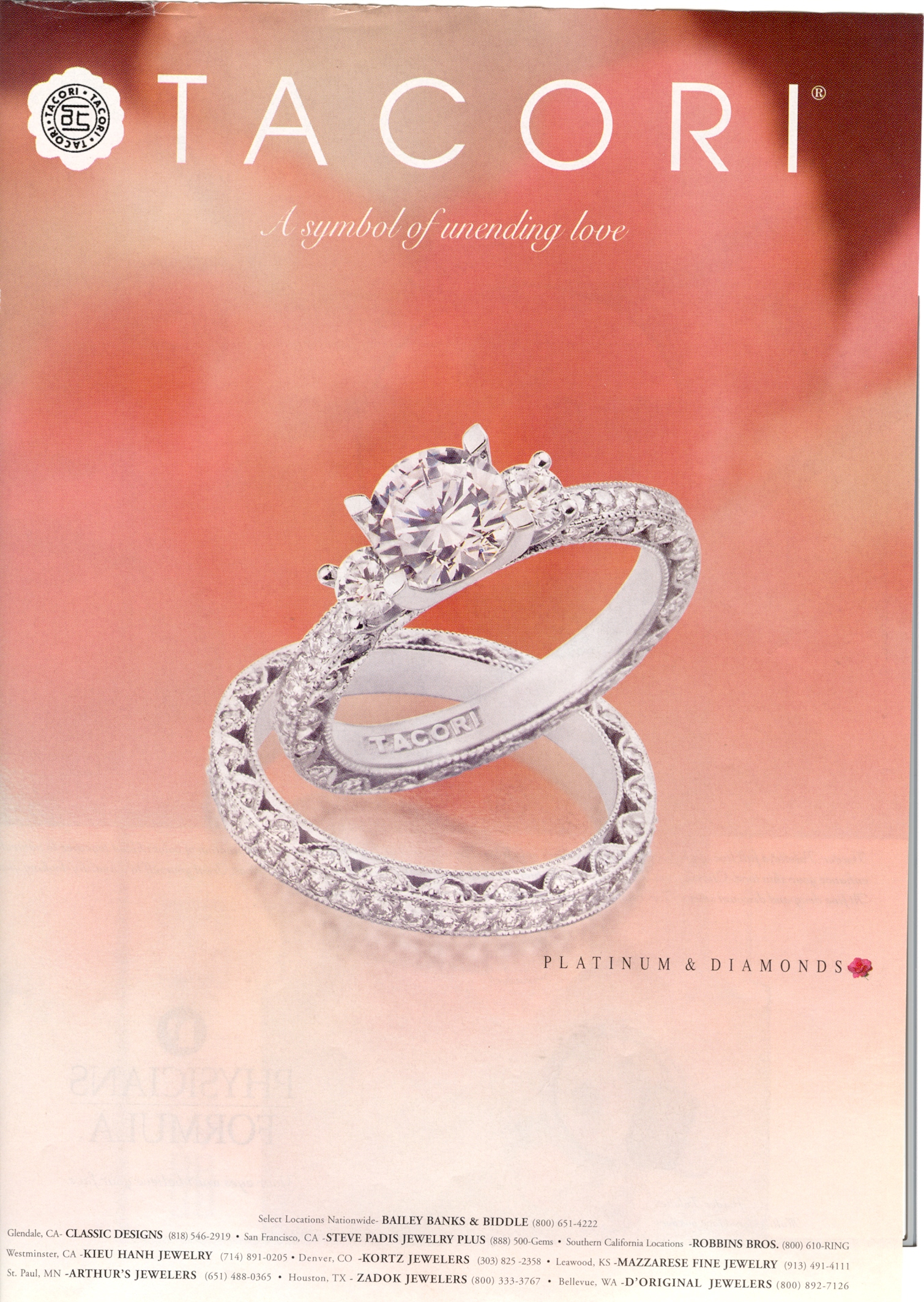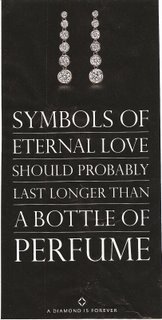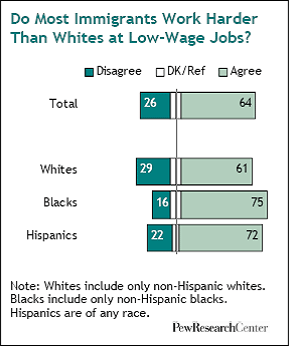By Leonie Martine Janssen (from Miguel via Inspire Me, Now!):
Disclosure: My dissertation, called “Female Genital Mutilation” in the American Imagination, is about how different U.S. constituencies (mainly doctors, activists, journalists, and academics) have framed female genital cutting over the past 30 years. I offer this context for the images below (submitted by Craig C. and Breck and found via boingboing and adsoftheworld):
There is great conflict among feminist activists over how to go about decreasing the prevalence of “female genital cutting,” better known to most as “female genital mutilation.” One of the reasons for this conflict is the tendency of “Western” feminists to impose their own worldview onto communities where we find cutting (mostly among some ethnic groups in Africa, but also found in the Middle East and Asia). For example, the importance of sexual pleasure derived from the clitoris, and the relationship between orgasm and women’s liberation, is a central tenent of post-second wave feminism in the West. From this perspective, reduction of the external clitoris (clitorectomy) appears particularly horrendous and an obvious sign of women’s oppression. However, many women who are part of communities where cutting occurs find this logic to be irrelevant to their lives. Sexual pleasure takes a backseat to the benefits that come with cutting for the women themselves (group membership, attainment of adult female status, marriageability, becoming fully feminine — it varies tremendously, but be sure that the practices are important and meaningful in their own contexts). In any case, if “Western” feminists are going to try to “help” women in other parts of the world, many women say they’d much rather have clean drinking water and freedom from penalizing economic policies imposed by the U.S., than sexual pleasure. (I should point out, by the way, that whether and which and how much genital cutting practices actually do eliminate sexual pleasure and orgasm is hotly debated.)
These images are part of a campaign to raise awareness about and opposition to female genital cutting in Spain (I editorialize below):
I try not to get too emotional on this blog, but this hits me right where it hurts, and I find these images utterly appalling. The idea, of course, is that when women’s sexual pleasure has been excised (and remember, this is a controversial assumption) they feel nothing, but the implication is that they ARE nothing. These ads suggest that women who have experienced genital cutting are equivalent to fuck toys. Everything else about them disappears in these ads. They are completely defined by the status of their genitals, and the status of their genitals is the status of their souls. Even if it is true that these women no longer experience clitoral orgasm, or even experience pain during intercourse, they are still multidimensional human beings who love others and are loved by those around them for their uniqueness and individuality… yes, even the men they sleep with.
What a horribly offensive ad campaign. The fact that it is likely made for people in Spain and may never be seen by women who are genitally cut makes it no less offensive. Instead, it is an excellent example of the kind of ethnocentric, arrogant transnational activism that makes people in the West look like total assholes.
I should clarify: I am making these observations as a sociologist, not as an activist. I do have opinions about various sorts of male and female genital cuttings, but that’s not my point here. My point is not whether or not FGCs are oppressive to women or whether individuals in the West should be involved in eradication efforts. My point is to interrogate how we go about expressing opposition and intervention. There are many ways in which to go about this. As you can tell, I do not particularly like this one.
UPDATE: Racialicious made my day when they asked to repost this post on their own blog. It is well worth taking a look at how different the comments are here versus there and thinking about what that means.
A humorous look at how yogurt is marketed to the generic category, “woman.” Quite funny! (From Current TV via Jezebel.)
[youtube]https://www.youtube.com/watch?v=Sf_roIC9Pso[/youtube]
NEW: Here’s an actual yogurt ad that makes it clear that a) yogurt is for women and b) yogurt somehow makes women feel more like “themselves.” Thanks, 73man!
Lisa Wade, PhD is an Associate Professor at Tulane University. She is the author of American Hookup, a book about college sexual culture; a textbook about gender; and a forthcoming introductory text: Terrible Magnificent Sociology. You can follow her on Twitter and Instagram.Miguel pointed us to this now defunct TV series, Stripperella.

According to Wikipedia:
Stripperella was a short-lived adult-oriented American animated television series created by Stan Lee. The main character, voiced by and based on Pamela Anderson, is a stripper named Erotica Jones who is also the superheroine/secret agent Stripperella. It is rated TV-MA in the United States.
Enjoy her many stripper-related tricks in this youtube homage:
[youtube]https://www.youtube.com/watch?v=16ZlNq65S4I[/youtube]
Thanks Miguel!
Lisa Wade, PhD is an Associate Professor at Tulane University. She is the author of American Hookup, a book about college sexual culture; a textbook about gender; and a forthcoming introductory text: Terrible Magnificent Sociology. You can follow her on Twitter and Instagram.I use this set of engagement ring ads, though any set would do, to illustrate the way in which ads have to sell much more than just the product. To sell an engagement ring, these ads also are selling: monogamy and the pair bond; marriage as the proper way to cement that bond; love, and love as a basis for marriage; the need for a symbol of commitment and a ring (a diamond ring specifically, apparently platinum preferably) as that symbol; men’s role as financial provider and decider (in that he buys the ring and proposes); the importance of the proposal (it needs to be a surprise and an event in itself); the importance of an expensive ring (i.e., “Does he know how much I really love him?”); and… what else?
Text: “When you can truly be yourselves. Your love has just gone Platinum.”
Text: “Tacori: A symbol of unending love”
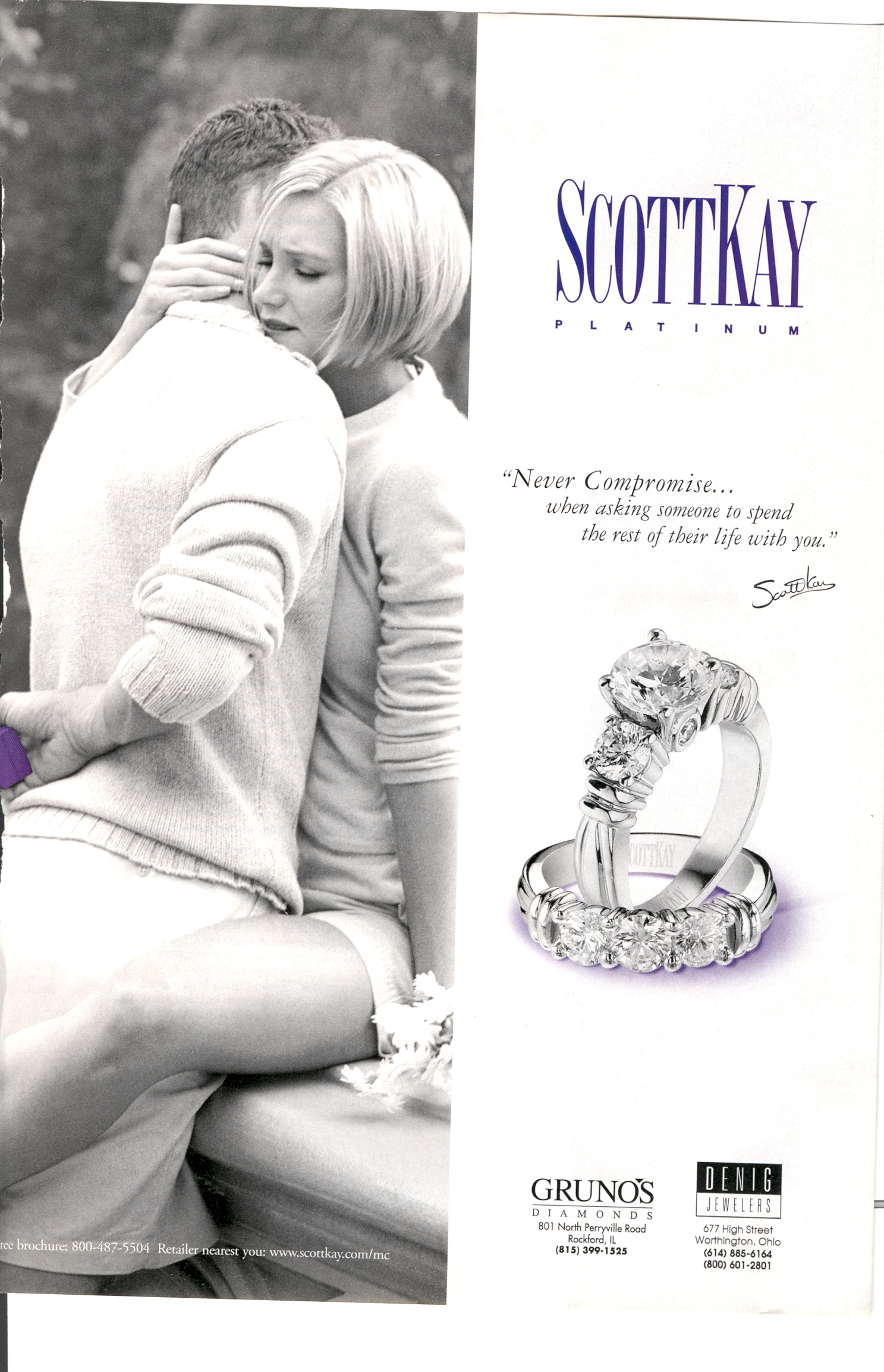
Text: “Never compromise… when asking someone to spend the rest of their life with you.”
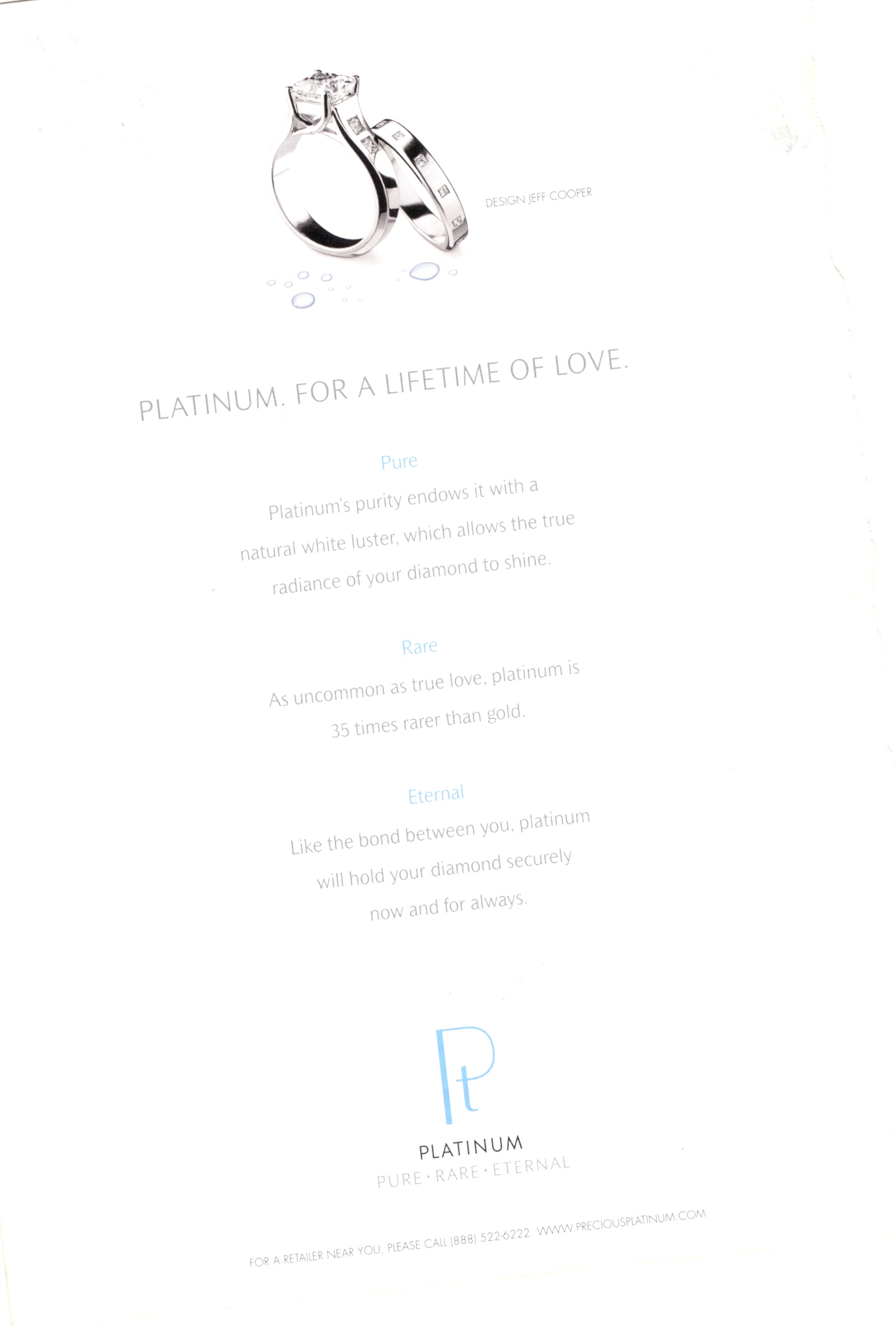
Text: “Platinum. For a lifetime of love. Platinum’s purity endows it with a natural white luster which allows the true radiance of your diamond to shine. As uncommon as true love, platinum is 35 times rarer than gold. Like the bond between you, platinum will hold your diamond securely now and for always.”
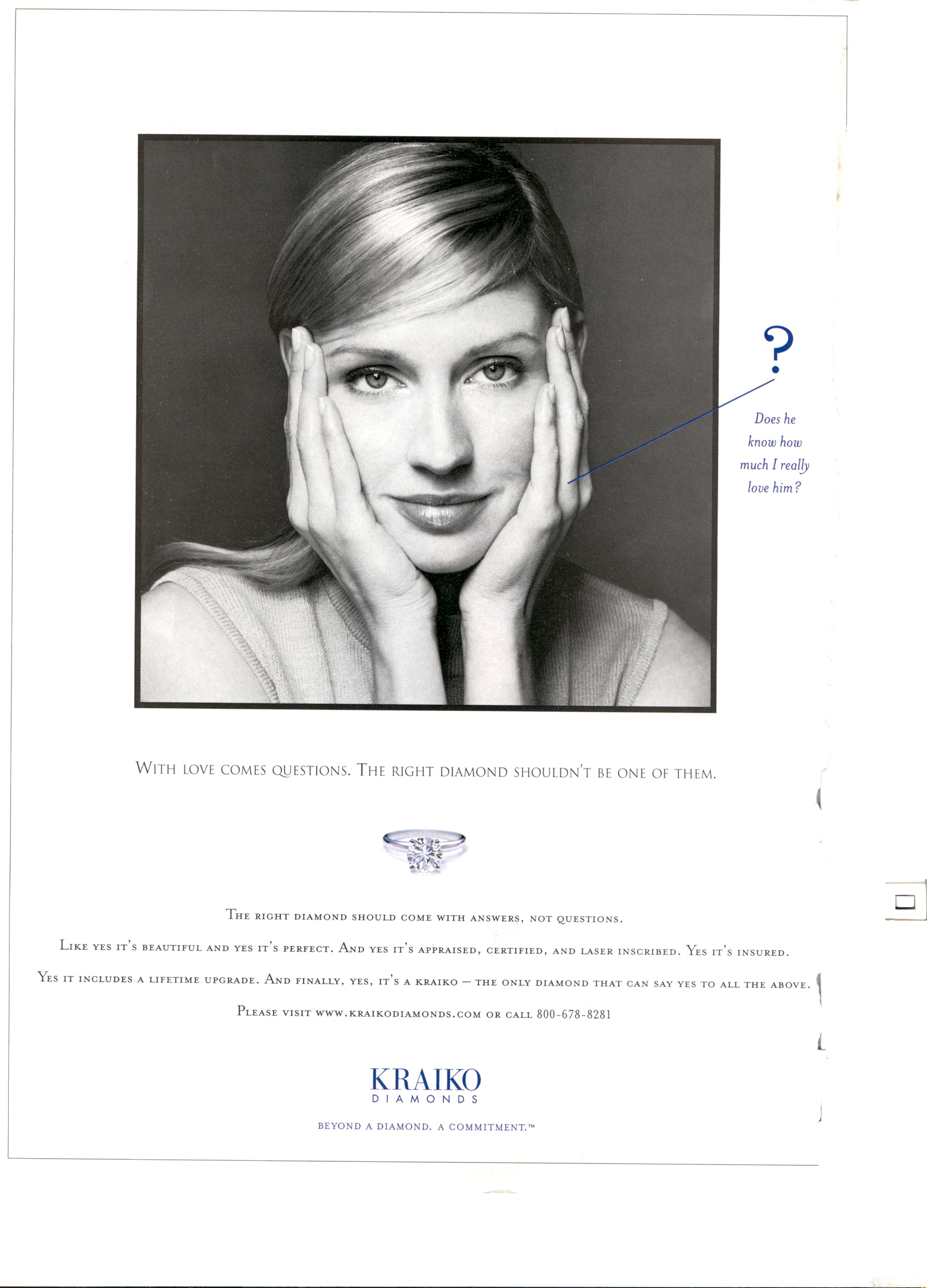
She asks: “Does he know how much I really love him?”
Under the image: “With love comes questions. The right diamond shouldn’t be one of them.”
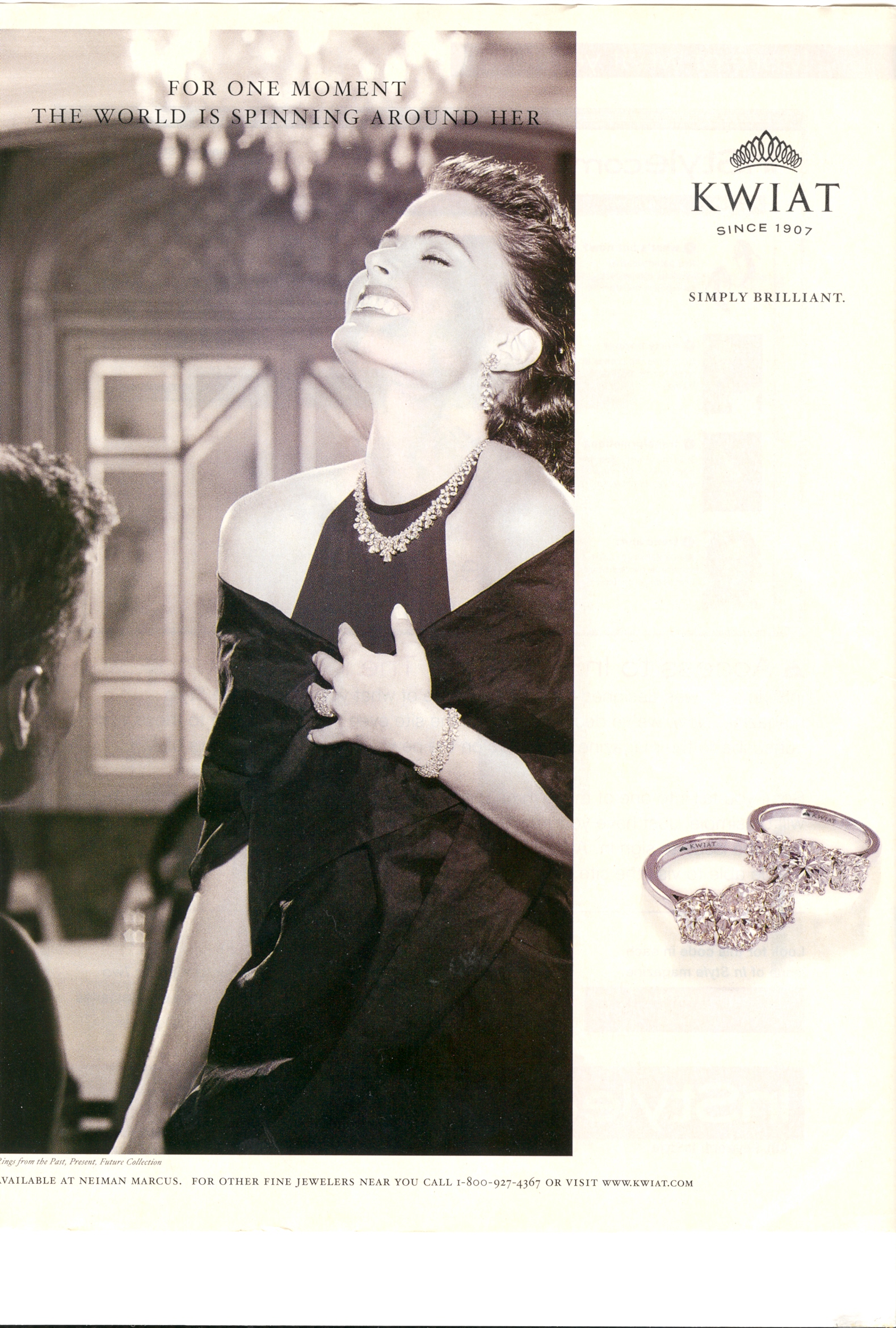
Text: “For one moment the world is spinning around her.”
Here’s an ad for earrings that has the same message about love:
This video, produced by Mother Jones, shows Pastor Rod Parsley arguing that America was founded to destroy Islam and has a divine mandate to do so. It is interesting on at least two levels:
First, as a response to the Reverend Wright story, it reminds us that Wright is not the only preacher who says outrageous things, and Obama is not the only politician to get “spiritual guidance” from a controversial figure. In which case, the question might be: Which outrageous preachers are most likely to be targeted as problematic? And by who?
Second, the video could be used to demonstrate how a person can be made to appear frightening or evil through editing. In this case, the move to slow motion, the use of black-and-white, the strategic stills.
In many ways, this video, produced by the left, uses many of the same tactics as the anti-Reverend Wright clips on Fox News and elsewhere. For comparison, The Daily Show put together a montage of coverage that appears in the clip below (at about 6 minutes, 51 seconds) that uses choice words (“fiery”), tone of voice, and fast motion:
Thanks to Joe DeM. for tipping us off to the Mother Jones video!
Lisa Wade, PhD is an Associate Professor at Tulane University. She is the author of American Hookup, a book about college sexual culture; a textbook about gender; and a forthcoming introductory text: Terrible Magnificent Sociology. You can follow her on Twitter and Instagram.Honestly, I’m not sure what the sociological import is here. Unless, [insert nerdy Durkheim joke here]. If nothing else, it proves that not every advertising exec is sexually frustrated… though it certainly fails to prove that they’re unfrustrated.
Thanks David W!

